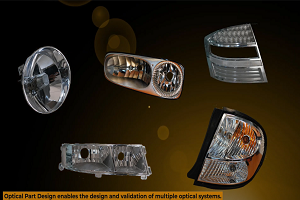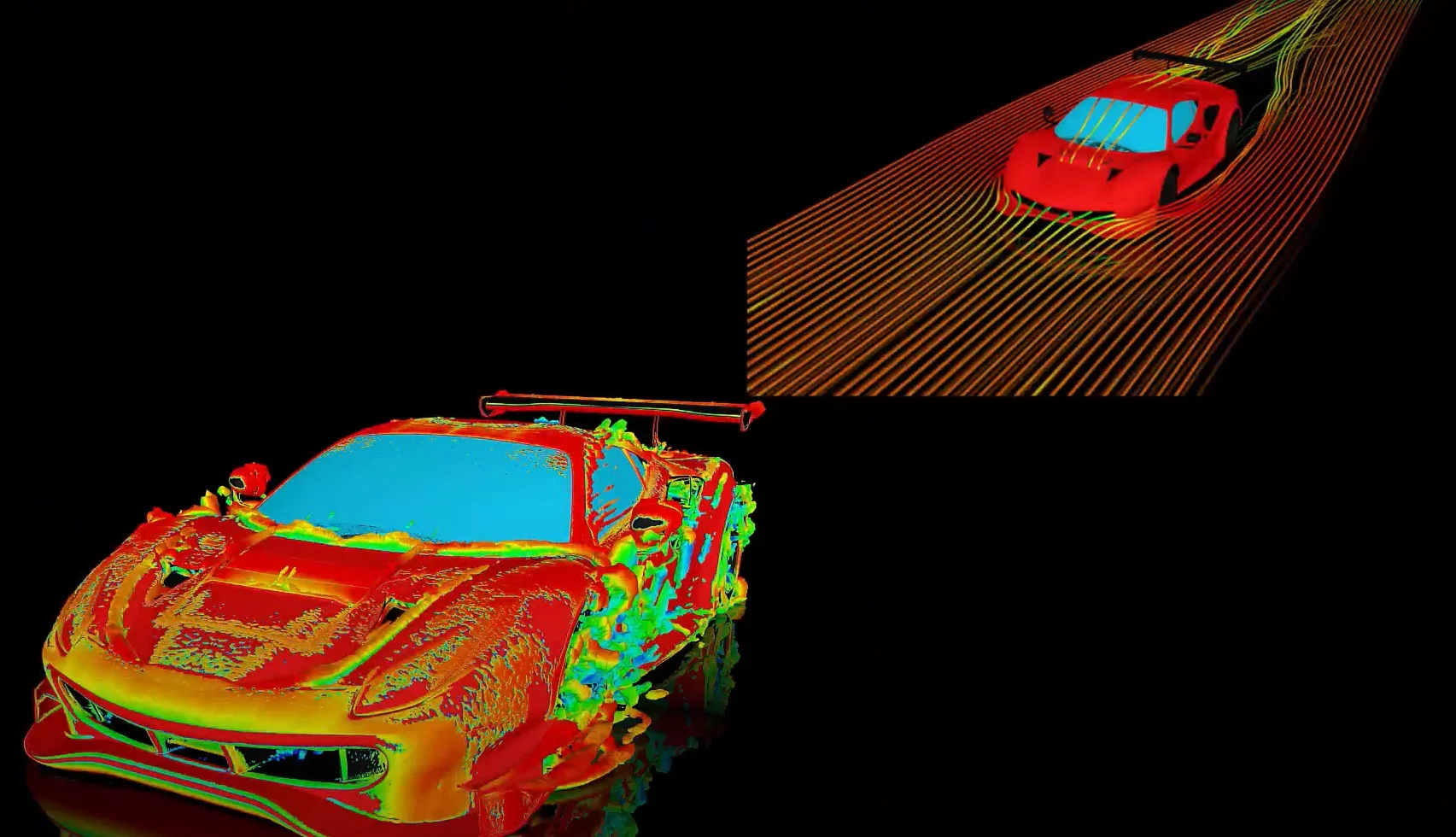Tagged: 17.1, buckling, mechanical, structural-and-thermal, structural-mechanics
-
-
January 25, 2023 at 7:34 am
 FAQParticipant
FAQParticipantTypically, nonlinear buckling case is more realistic buckling simulation than linear buckling case, giving lower buckling load. Nevertheless, opposite behavior can also be found. Linear buckling analysis predicts the 1st buckling load of a given structure according to its original geometry. Sometimes, the predicted linear buckling load does not collapse in reality the structure, because (i) the buckling mode is local or (ii) the geometrical configuration of the structure is such that as the initial buckling shapes start to appear and deform the structure it becomes stiffer (e.g., a plate with stiffeners), and according to that nonlinear buckling load is higher than the linear one. To reproduce nonlinear buckling analysis several techniques can be applied: -Perform a linear perturbation method. -Scale eigenvalue mode and perturb the geometry using UPGEOM command. -In case the geometry is unsymmetrical, load the structure until no convergence is achieved (this will buckle the structure). Further information about these methods can be found in Solution #2026874 – Is there an “Ask-the-Experts” webinar on buckling?
-


Introducing Ansys Electronics Desktop on Ansys Cloud
The Watch & Learn video article provides an overview of cloud computing from Electronics Desktop and details the product licenses and subscriptions to ANSYS Cloud Service that are...

How to Create a Reflector for a Center High-Mounted Stop Lamp (CHMSL)
This video article demonstrates how to create a reflector for a center high-mounted stop lamp. Optical Part design in Ansys SPEOS enables the design and validation of multiple...

Introducing the GEKO Turbulence Model in Ansys Fluent
The GEKO (GEneralized K-Omega) turbulence model offers a flexible, robust, general-purpose approach to RANS turbulence modeling. Introducing 2 videos: Part 1 provides background information on the model and a...

Postprocessing on Ansys EnSight
This video demonstrates exporting data from Fluent in EnSight Case Gold format, and it reviews the basic postprocessing capabilities of EnSight.

- How to reduce contact penetration?
- How to decide which side should be Contact and which should be target in Contact definition?
- What is the difference between secant and instantaneous coefficients of thermal expansion (CTE)?
- Does ECAD trace mapping support more than one type of trace material (usually copper) in the same layer?
- How to use the Newton-Raphson residuals option under Solution Information?
- How to plot stresses of a beam connection in Workbench?
- How can I understand Beam Probe results?
- How to find total heat flowing through a surface in Mechanical?
- Difference Between Environment Temperature and Reference Temperature in Mechanical
- How can I apply a controlled rotation in ANSYS Mechanical

© 2025 Copyright ANSYS, Inc. All rights reserved.

